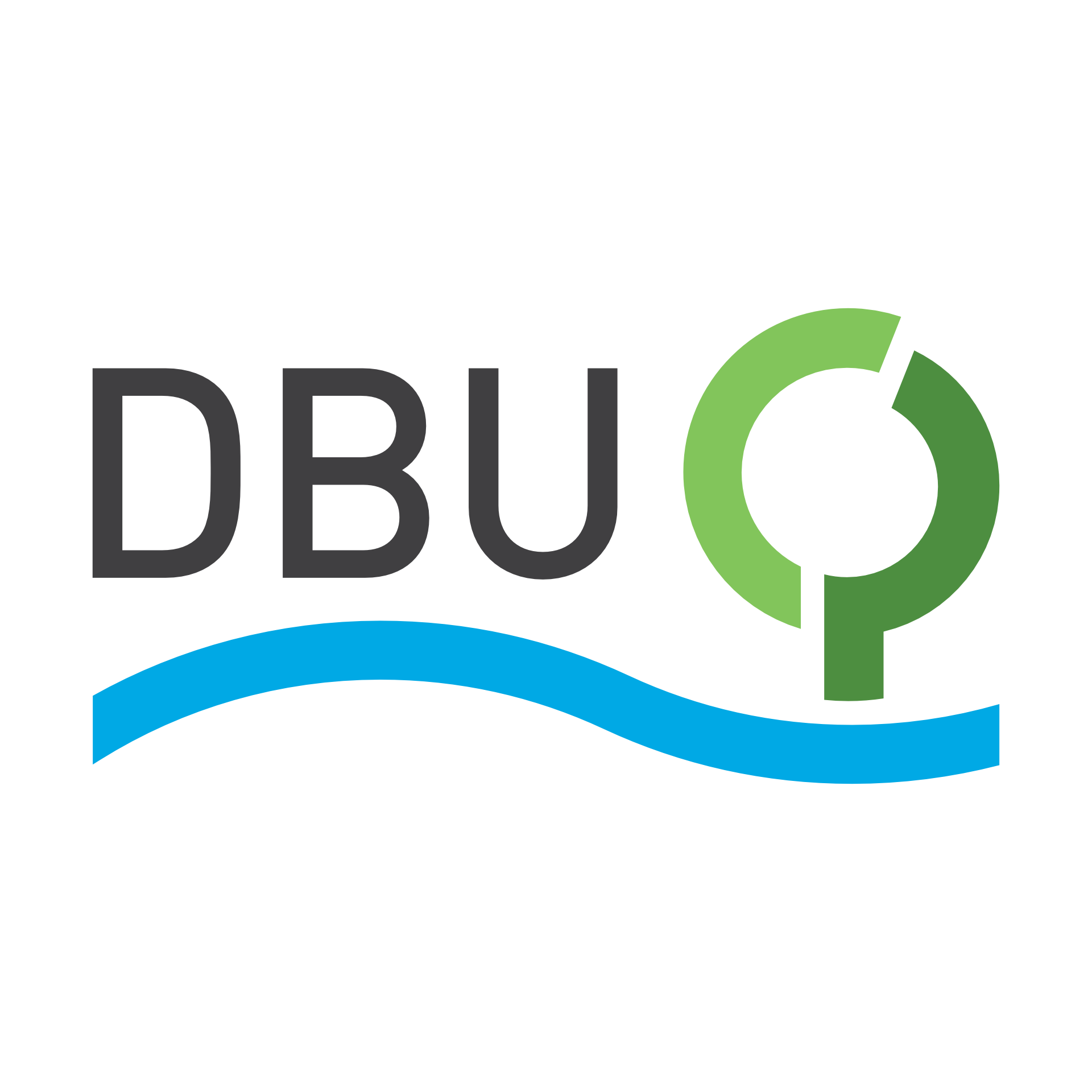SDG 13: Climate Action

This Learning World focuses on understanding the anthropogenic greenhouse effect, its implications and measures to mitigate them. The Learning World provides ideas and components that you can integrate into your teaching: An interactive boardstory with complementary exercises, a glossary with the most important terms of the Learning World, additional exercises to consolidate and further reflect on the contents of SDG 13 as well as examples of the connections between this SDG and others.
Boardstory for interactive learning
Educational Material
The Learning Objectives outline the key competencies students will develop by completing this Learning World. They also highlight connections to other topics, encouraging further exploration and discussion beyond this module.
Learning Objectives
Acquiring competencies for sustainable development is part of a lifelong learning process. The boardstory and exercises provided in this learning world initiate this process and help students gain knowledge, reflect and think critically, and take meaningful action. After completing this unit, it is recommended to foster the development of the desired competencies for sustainable development e.g. by teaching further learning worlds. Thus, expanding students’ skill sets further.
With this in mind, the learning objectives of this specific learning world first and foremost aim to develop a basic understanding of the respective SDG and related connections for students aged nine to eleven. Gaining and expanding competencies for sustainable development further is desirable, but can only be achieved through continuous immersion and persistence.
Following the interaction with this Learning World, the students will be able to:
explain the greenhouse effect and how human activities accelerate it.
analyze the impacts of climate change such as increasing extreme weather phenomena and rising sea level.
analyze which human activities emit greenhouse gases (GHG) and based on that, the student is able to assess how the current way we live exploits the planet’s resources and ecosystems, which is why a change in one’s worldviews and behavior is needed.
explain the main ecological, social, cultural and economic consequences of climate change, locally and globally.
formulate the protection of the global climate as an essential task for everyone and that avoiding and minimizing GHG emissions is key to do so (prevention and mitigation).
explain that certain countries are more responsible for causing climate change than others while those in the Global South are stronger affected (global climate justice).
explain what tipping points are and why they are relevant to consider.
explain that the impacts of climate action do not have an immediate effect, but ensure better living conditions for future generations (intergenerational climate justice).
assess that consequences of global heating are already present which is why adaptation measures have to be implemented locally and globally to protect people, livelihoods and ecosystems.
plan climate action measures within their own scope of feasibility and ideally to encourage local decision-makers to implement climate action.
Connection to other SDGs
The 17 SDGs complement each other and should not be viewed in isolation. As such synergy effects can occur, for example an improvement in one of the SDGs can in turn have a positive effect on another. At the same time, prioritizing measures for one SDG can also lead to another goal being neglected. The following overview provides examples of connections between SDGs which can be used to open up new conversations and linking points to take the topic beyond this learning world.
Learning World
SDG 01: No Poverty
Learning World
SDG 02: Zero Hunger
Learning World
SDG 03: Good Health and Well-being
Learning World
SDG 04: Quality Education
Learning World
SDG 05: Gender Equality
Learning World
SDG 06: Clean Water and Sanitation
Learning World
SDG 07: Affordable and Clean Energy
Learning World
SDG 08: Decent Work and Economic Growth
Learning World
SDG 09: Industry, Innovation and Infrastructure
Learning World
SDG 10: Reduced Inequalities
Learning World
SDG 11: Sustainable Cities and Communities
Learning World
SDG 12: Responsible Consumption and Production
Learning World
SDG 14: Life below Water
Learning World
SDG 15: Life on Land
Learning World
SDG 16: Peace, Justice and Strong Institutions
Learning World
SDG 17: Partnerships for the Goals
Learning World
SDG Dilemmas
Learning World
SDG Wedding Cake Model


















 Before watching the boardstory for the first time, give the students a listening task: "What do you learn in the boardstory?" Possibly with the addition: "Remember at least three things."
Before watching the boardstory for the first time, give the students a listening task: "What do you learn in the boardstory?" Possibly with the addition: "Remember at least three things." Hand out the worksheets "EXPLORING THE BOARDSTORY" from the student workbook to engage the students in the content of the SDG 13 Boardstory.
Hand out the worksheets "EXPLORING THE BOARDSTORY" from the student workbook to engage the students in the content of the SDG 13 Boardstory. Tipp: The boardstory provides most of the solutions. For the mind map on climate change the solution is A7, B1, C5, D8, E4, F6, G2, and H3.
Tipp: The boardstory provides most of the solutions. For the mind map on climate change the solution is A7, B1, C5, D8, E4, F6, G2, and H3. 
 Print the memory cards and instructions from the student workbook page “ENVIRONMENTAL CHANGES.” Make enough sets for each small group (2–3 students per group).
Print the memory cards and instructions from the student workbook page “ENVIRONMENTAL CHANGES.” Make enough sets for each small group (2–3 students per group).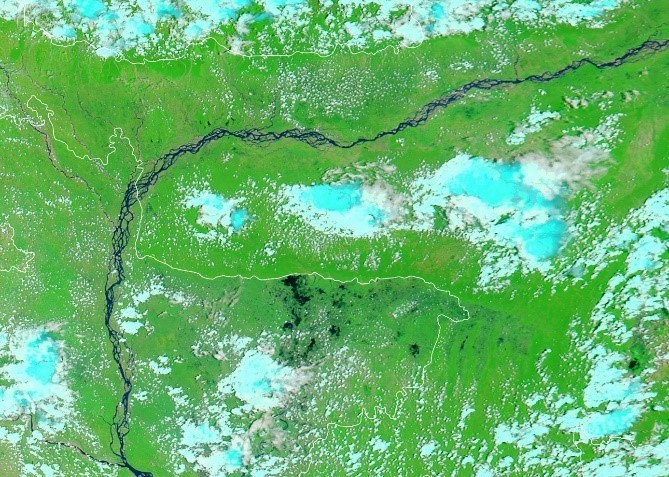
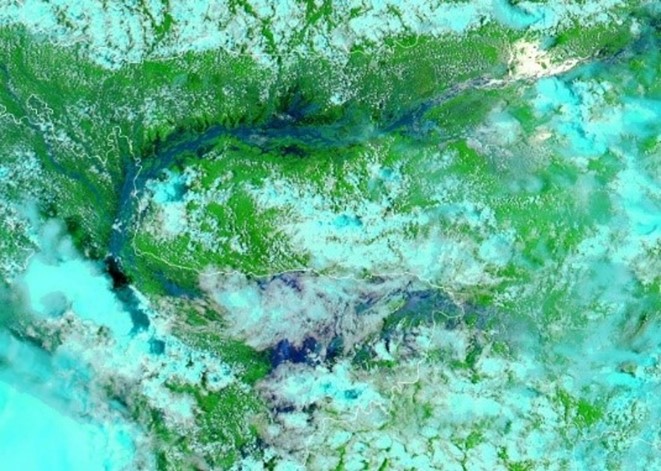
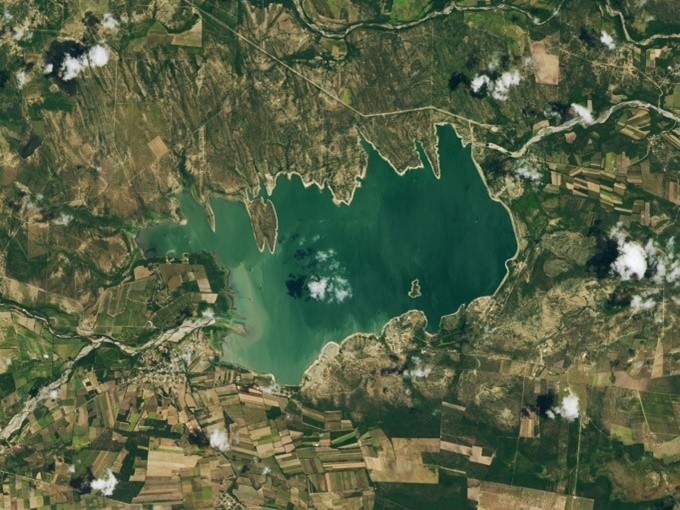
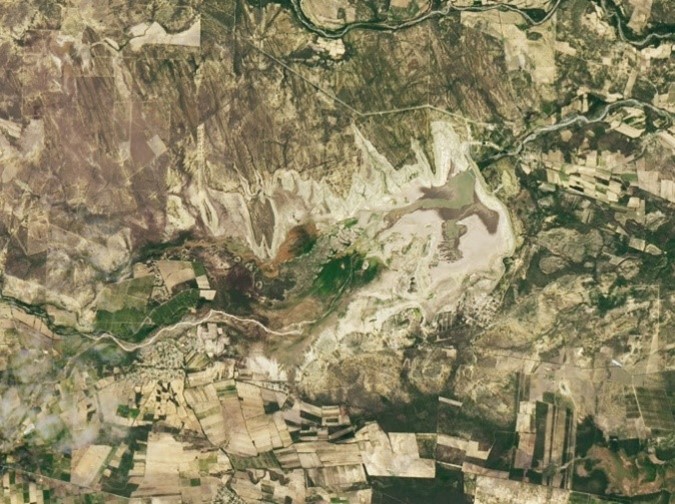
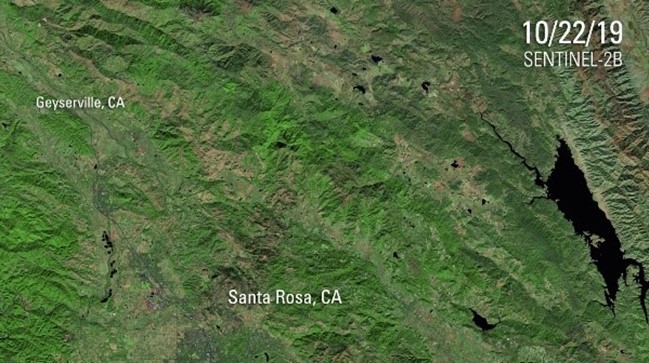
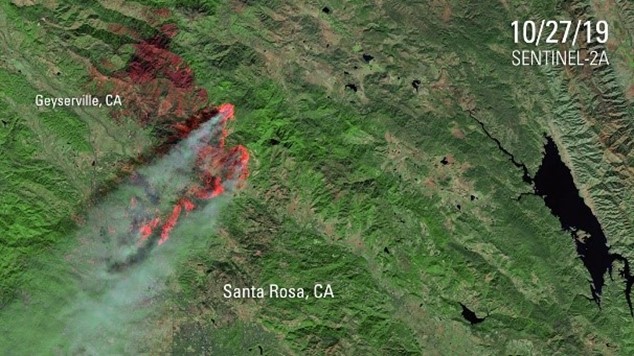

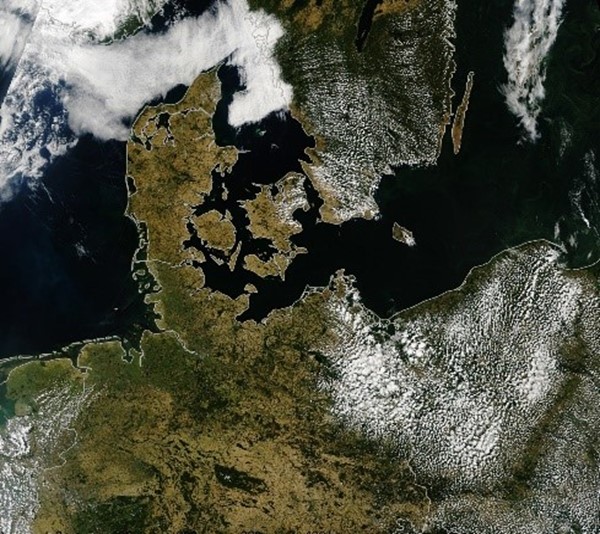
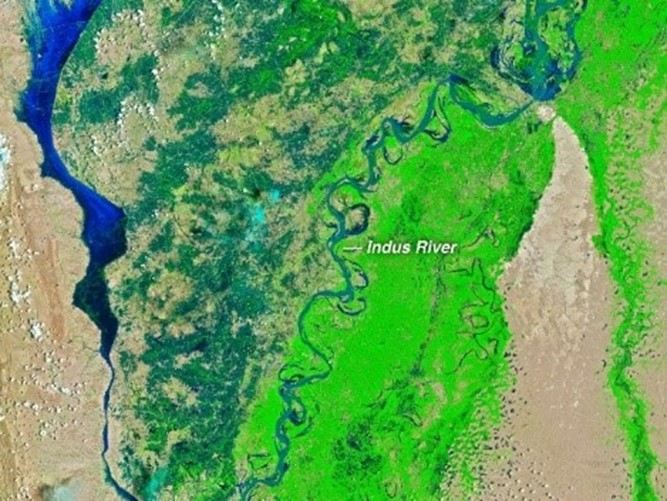
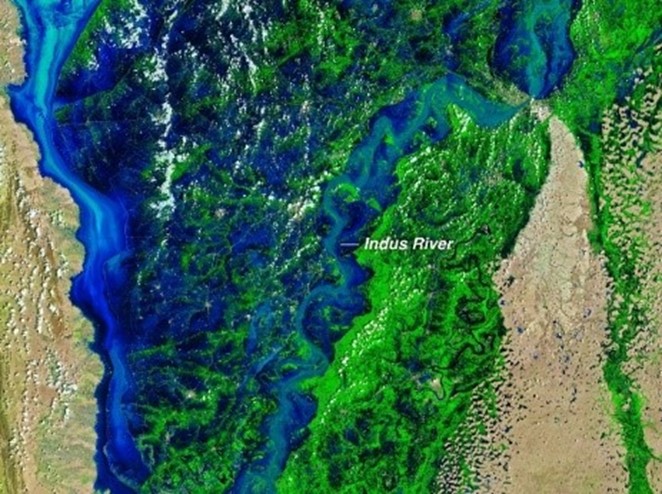
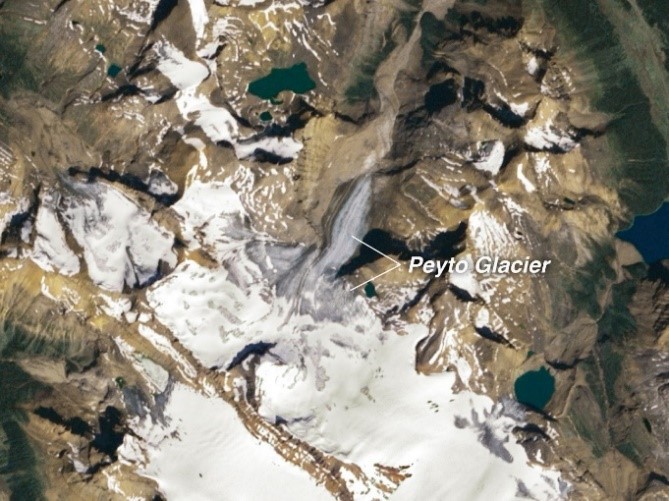

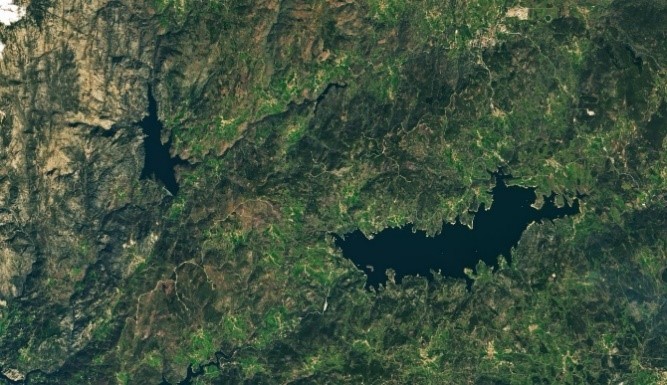
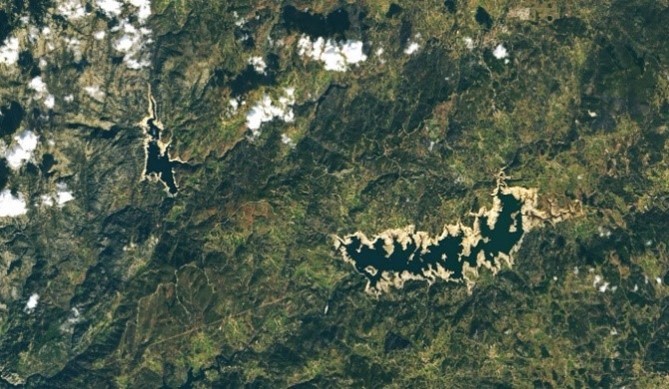
 You can prepare this experiment to visualize both how tipping points in the climate system work and how climate change has an intergenerational level.
You can prepare this experiment to visualize both how tipping points in the climate system work and how climate change has an intergenerational level.